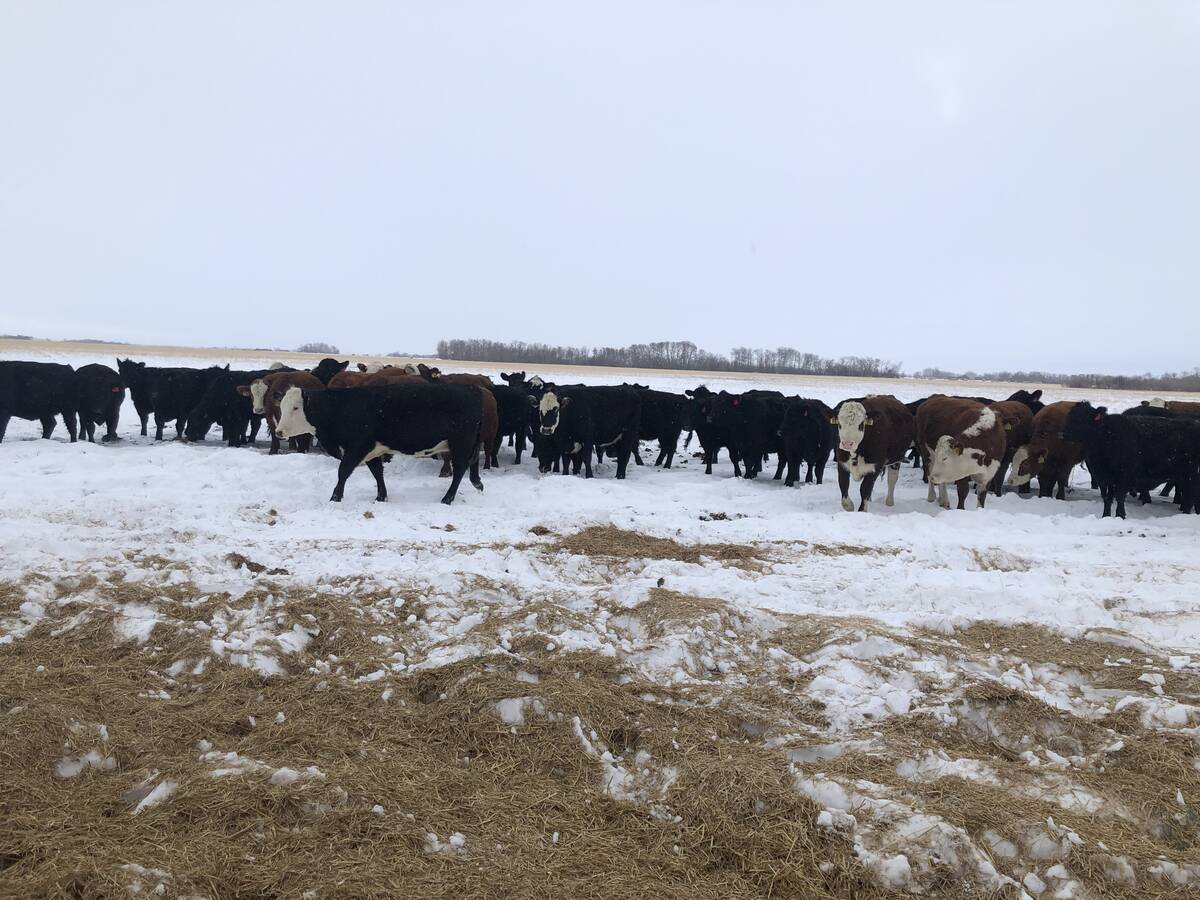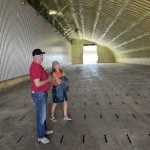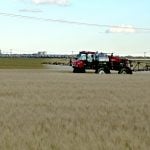Food waste is real and as global trade increases, so does the waste. The relationship between food waste and trade is complicated. Food rots because of transportation or infrastructure issues and is the victim of corrupt governments. It is taken by war lords and destroyed by tribal enemies. It is tossed from ships or held under trade moratoriums or inaccessible because of tariffs. Refrigeration is intermittent. Incorrect orders contribute to unwanted food as does the symptom of fridge stuffing and making eating choices with privileged eyes.
Yes, food is wasted to the tune of 1.3 billon tonnes per year. In North America, where infrastructure and refrigeration is readily available, food waste is 15 per cent on average at the farm and 40 per cent after leaving the farms where it was grown. In total we waste 95 to 115 kg per capita for an estimated annual cost of US$1,600 per family.
Read Also

Picking the most efficient cows to rebuild your cow herd
A new cow ranking system to help beef farmers and ranchers pick the most efficient cows as they rebuild their herds.
- More ‘Straight from the hip’ with Brenda Schoepp: Who do you think you are?
Packaging is a big issue in food travel and preservation. Tough packaging, air proof, (bullet proof in some regions) and tamper proof is needed. Even the most developed of countries struggle with food safety nightmares as they scurry to ensure that packages are food safe and tamper proof. In addition, if the product is shelf ready the packaging must be transparent and durable.
Tracking food is critically important in food trade. As a family exercise, consider the foods on your dinner table tonight and calculate the food miles presented there. Contemplate the physical aspect of getting food from place to place and the logistics of ensuring that it has not been rerouted or tampered with, switched or exposed to temperature change. Hot chocolate/cashew crust/dairy-based cheesecake accompanied by warm almond milk chai served after pineapple ham, cranberry crusted chicken and savory beef with rosemary and sea salt, sweet potato and mixed green salad with sesame vinaigrette dressing has at least 75,000 food miles attributed to it. Something in the middle of the plate is going to give.
And it has. With globalization, world trade of agricultural products has increased by 70 per cent since 2006. For developing economies, food now represents half of the trade (20 per cent of global exports are Brazilian beef). Global packaging expert Tobias Grasso blogged that a full 20 per cent of global meat that is traded is either wasted or lost. This, he says, is equivalent to 75 million head of cows.
Lost? Yes. Food gets lost. Director for the Global Alliance for Improved Nutrition Bonnie McClafferty says that most food, 60 per cent or greater, is wasted or lost in the middle of the supply chain. And that food loss is nutritional loss.
There are 41 million hungry folks in the United States who could use that food and four million in Canada who are nutritionally deprived. Globally, 795 million are hungry.
What does this mean for beef? From the perspective of food waste, it is discouraging to learn that the animals we so proudly present to the world for food are victim to commodity loss in the supply chain and at the plate.
Packaging is also waste and better packaging solutions that are biodegradable and tamper proof are needed to extend the shelf life, to ensure safety of the product and to ease the environmental impact of throw-away packaging. Technology in monitoring quality throughout the life of the animal, in meat processing, value adding, packaging, transport, storage and presentation of beef is needed with advanced traceability systems.
Traceability is more than just knowing that calf number 163 went to a specific retail outlet, it is understanding how artificial intelligence and tracking all product prevents system failure in logistics, consumer orders, storage and nutritional stability. For example, blockchain is emerging to keep a tighter grip on the inventory as it moves through the supply chain.
With red meats there are other complications. At a recent Food Waste summit, a Green Peace spokesman claimed that eating meat was degrading the climate and “wanted to see meat consumption as a food waste issue.” But McClafferty was quick to reply that red meat was an important protein from a global perspective, and “critical to reduce iron deficiencies” in anemic populations. The audience applauded giving me reason to think that beef is gaining ground. We should, I surmise, take this as an opportunity to lead change recognizing that beef waste is more than a social and environmental issue and is an economic challenge.
At today’s prices, a conservative annual cost of beef waste and loss in the global industry at a low estimate is US$112.5 billion, the value of 75 million cows. With a one to two per cent of that share, the Canadian industry loses up to US$2.5 billion annually at some point in the supply and consumption chain.
This brings forward some critical questions: What business models should we expect from the supply chain to assure the reduction of waste and beef packaging? How much research and innovation is happening to address this issue and that of logistics? What can we expect from the value chain in terms of price stability or regaining consumer trust? What policies, tax incentives or business models will address food waste in a collaborative and mutually beneficial model?
The complexity of getting food to all is akin to rounding up 75 million cows with one horse in a snowstorm but we must start by calling out the lead. We begin at home and recognize our own patterns that contribute to waste and then we collaborate on trade, business and policy models that keep the cows and the money at home — knowing we are united in our desire to eat and in ensuring that others do as well.
















